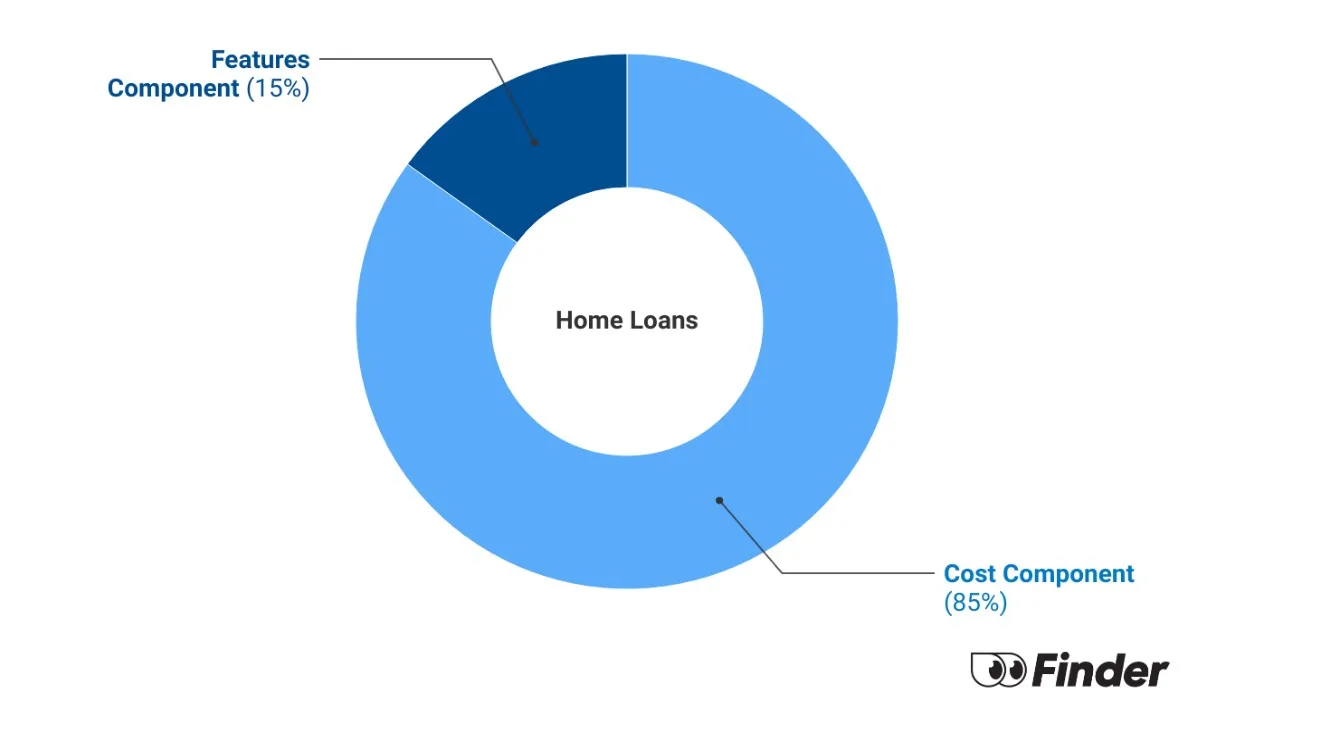Interest-only loans allow you to pay just the interest portion of a home loan, while leaving the principal untouched. This means much lower monthly repayments.
However, interest-only loans are only available for a set term, from one to five years. After this, the loans revert to a standard principal and interest (P&I) repayment. If you aren’t paying attention to when your interest-only period is due to expire, you could find yourself facing financial difficulties.
Why investors choose interest-only loans
Interest-only loans are popular with investors because the loans allow them to maximise their tax effectiveness. Interest on investor home loans is tax deductible, so this means investors making only interest payments can deduct their entire home loan repayment from their taxes.
The downside of this strategy is that borrowers with interest-only home loans aren’t paying off the principal on their loans. This means they aren’t making headway on their debt or building up equity in their homes. For investors, though, this often isn’t a concern. They may be looking to sell the house for a capital gain before the end of their home loan term.
What happens when the interest-only period expires?
When an interest-only period expires, an interest-only home loan reverts to P&I. This means repayments can rise significantly.
Some lenders will allow borrowers to enter another interest-only term after their current one expires. However, the Australian Prudential Regulation Authority (APRA) has flagged that it will be carefully scrutinising interest-only lending by banks in an effort to curb investor lending. This means interest-only borrowers may not be able to count on extending their interest-only period in the future.
ASIC recently conducted a review into interest-only lending, and found some troubling practices on the part of lenders:
- 40% of interest-only loans reviewed by ASIC were based on the assumption that the borrower had longer to repay the principal on their loan than they actually did.
- 30% of interest-only loans reviewed by ASIC showed no evidence that the lender had considered whether an interest-only loan met the borrower’s requirements.
- 20% of interest-only loans reviewed by ASIC showed the lender had not considered the borrower’s actual living expenses when approving the loan.
Why it’s important to know when the interest-only period expires
When the interest-only period of a home loan expires, the loan repayments will automatically revert to principal and interest. Mortgage broker Cliff Ferrer of 1st Street Home Loans in Sydney explains how brokers keep tabs on their clients’ interest-only periods.
“As a broker, we set diary reminders to ensure our clients are aware of these changes so they can make a decision as to whether this change is suitable for their situation at that time or whether we need to apply any variation,” Ferrer says.
There are several reasons to pay close attention to interest-only periods, Ferrer suggests.
“Besides the fact that the payment will be higher, which could cause some budgeting issues if the client is unaware of the change. Typically investors will want to pay down any non-deductible debt (owner occupied) whilst maintaining their deductible debt (investment). They may also wish to set aside the additional funds into their offset for future potential purchases,” he says.
As Ferrer explains, when a loan reverts to P&I, the repayments can rise significantly. The calculations below show just how significant a jump this can be:
| Scenario 1 | Scenario 2 | |
|---|---|---|
Loan term | 30 years | 30 years |
Loan amount | $500,000 | $500,000 |
Interest rate | 4.50% | 4.50% |
Repayment frequency | Monthly | Monthly |
Repayment type | Interest Only | Principal and interest |
Monthly repayments | $1,875.00 | $2,533.43 |
As you can see above, this amounts to an additional $658.43 per month, or $7,901.16 per year.
In some cases, when the interest-only period has expired the loan term will have shortened. For instance, if a borrower takes out a 30-year home loan with a five-year interest-only period, at the end of the five-year period the loan could revert to P&I with a loan term of 25 years. This could push monthly repayments even higher, as seen below:
- Loan term: 25 years
- Loan amount: $500,000
- Interest rate: 4.50%
- Repayment frequency: Monthly
- Repayment type: Principal and interest
- Monthly repayments: $2,779.16
This would amount to an additional $904.16 per month, or $10,849.92 per year. If you haven’t budgeted for this change, it could be quite a financial shock when your loan reverts to P&I.
As Ferrer explains, it’s also important to know when your interest-only period expires for tax purposes. If you’re an investor, an interest-only loan can help you maximise your tax-deductible debt. Knowing when the period ends means you’re better informed to make decisions on how to manage your non-tax-deductible debt.
Whether or not you choose, or are able, to extend the interest-only period on your loan, knowing when your home loan is due to revert to P&I repayments can help you budget, plan ahead and avoid unwelcome shocks.
Compare interest-only investment loans
Compare other products
We currently don't have that product, but here are others to consider:
How we picked theseWhat is Finder Score?
The Finder Score crunches 7,000 home loans across 120+ lenders. It takes into account the product's interest rate, fees and features, as well as the type of loan eg investor, variable, fixed rate - this gives you a simple score out of 10.
To provide a Score, we compare like-for-like loans. So if you're comparing the best home loans for cashback, you can see how each home loan stacks up against other home loans with the same borrower type, rate type and repayment type. We also take into consideration the amount of cashback offered when calculating the Score so you can tell if it's really worth it.
Read the full Finder Score breakdown
Ask a question
More guides on Finder
-
Compare interest-only investment loan rates
Compare interest only loans for investment. Learn how these loans can help investors minimise their non-tax deductible expenses.

